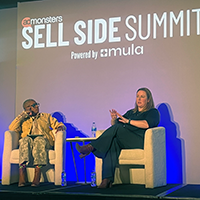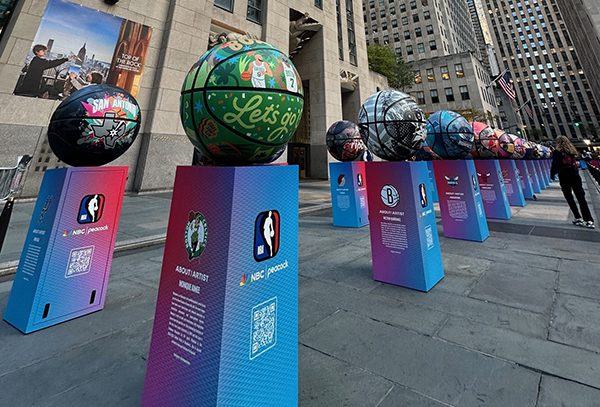For marketers, the very first difficulty with media delivered via the Internet is the significant fragmentation of audiences across websites. Targeting came about as a solution to the media fragmentation, but it wasn’t enough — it takes personalized messaging to reach your ideal consumers and capture their attention.
Targeted Audience Buying Misses the Mark
In the digital age, it became very difficult for brands and media-buying agencies to buy the kinds of media they know would actually reach their audience. There was really no scalable way to find even a few million people on the Internet who belonged to an audience segment like “gardening enthusiasts.”
Advertising networks began aggregating vast amounts of such inventory to make it easier for media agencies to buy inventory from a single source rather than many different individual publishers. This solved the aggregation problem but created a new one: It was impossible for brands to know if they were indeed reaching their audience. Ad networks quickly offered a solution in the form of “targeted audience buying,” where using largely behavioral  data (i.e., knowing what sites people frequented), they were able to categorize their inventory into “audiences” that brands could purchase.
data (i.e., knowing what sites people frequented), they were able to categorize their inventory into “audiences” that brands could purchase.
Targeted audience buying was a fad for a while, but marketers soon realized that not only did they have to pay significantly higher premiums for any form of targeting, but also there was no way of verifying that they were actually reaching their target audience. In fact, in many cases, there wasn’t even a way of verifying that they were reaching an audience of people rather than robots and fake traffic on ad networks.
One of the reasons such “audience buying” simply did not work is that it was based on ad networks and exchanges classifying websites into audience bands. Programmatic media-buying platforms and data management platforms (DMPs) made this somewhat better because software represented the type of audience segment being delivered.
Also, because the DMPs were independent of the media sellers, presumably there was some semblance of verification and a lot more than just the media seller’s promise that the brand was indeed reaching the targeted audience.
Overall, while targeting has brought some ability for brands to try to reach their audiences, it really has been a lot of “throw something out there and see what sticks”, rather than more precise messaging and tailored content and creativity that creates engagement with audiences.
Personalization means Precision
On the other hand, personalization involves tailoring messaging using data about the user you’re trying to reach with your advertisement. It’s far more effective than just throwing a broad message out there and hoping it is relevant to someone. Data-driven personalization without a doubt also comes with costs.
However, the costs are usually in the form of increments to ad serving costs rather than media costs. With ad serving costs typically less than 10% of the associated media costs, I am sure most marketers can quickly do the math and see that from an ROI perspective, they’re better off buying lightly targeted media and using personalization to ensure that the relevant audiences are getting targeted messages.
Because personalization is not really dependent on media, but rather on external sources of data that tell us a person’s interests and what audience segments they belong to, it is possible to very narrowly target messaging—almost down to an individual. Targeting also does not really solve the problem of user apathy to advertisements.
This is a big issue and the reason behind the lackluster performance of digital advertising. In an attempt to ensure that a message is relevant to a broad audience, marketing teams often come up with messaging that is bland and uninteresting. This “one-size-fits-all” messaging is often designed to appeal to everyone but usually ends up appealing to no one.
Re-targeting, which has become very successful in recent years, is essentially targeting taking a big turn toward personalization. It uses hard factual data that someone actually visited a brand’s website and stated interest very clearly to the brand. So, in essence, re-targeting (the unfortunate name notwithstanding) is much more about personalization than about targeting. Indeed, most personalization projects start with website activity as a primary source of data to personalize an ad.
Using targeting alone is a missed opportunity when it comes to engaging with users. It’s hard enough to get someone’s attention with a brand’s advertisement among all the clutter of content and distractions of media, email, texts, tweets, posts, etc. But can you really blame users for ignoring your advertisements when you have nothing interesting to say to them? Why not make your messages stand out and be relevant?
Diaz Nesamoney is the founder/ceo/president of Jivox



